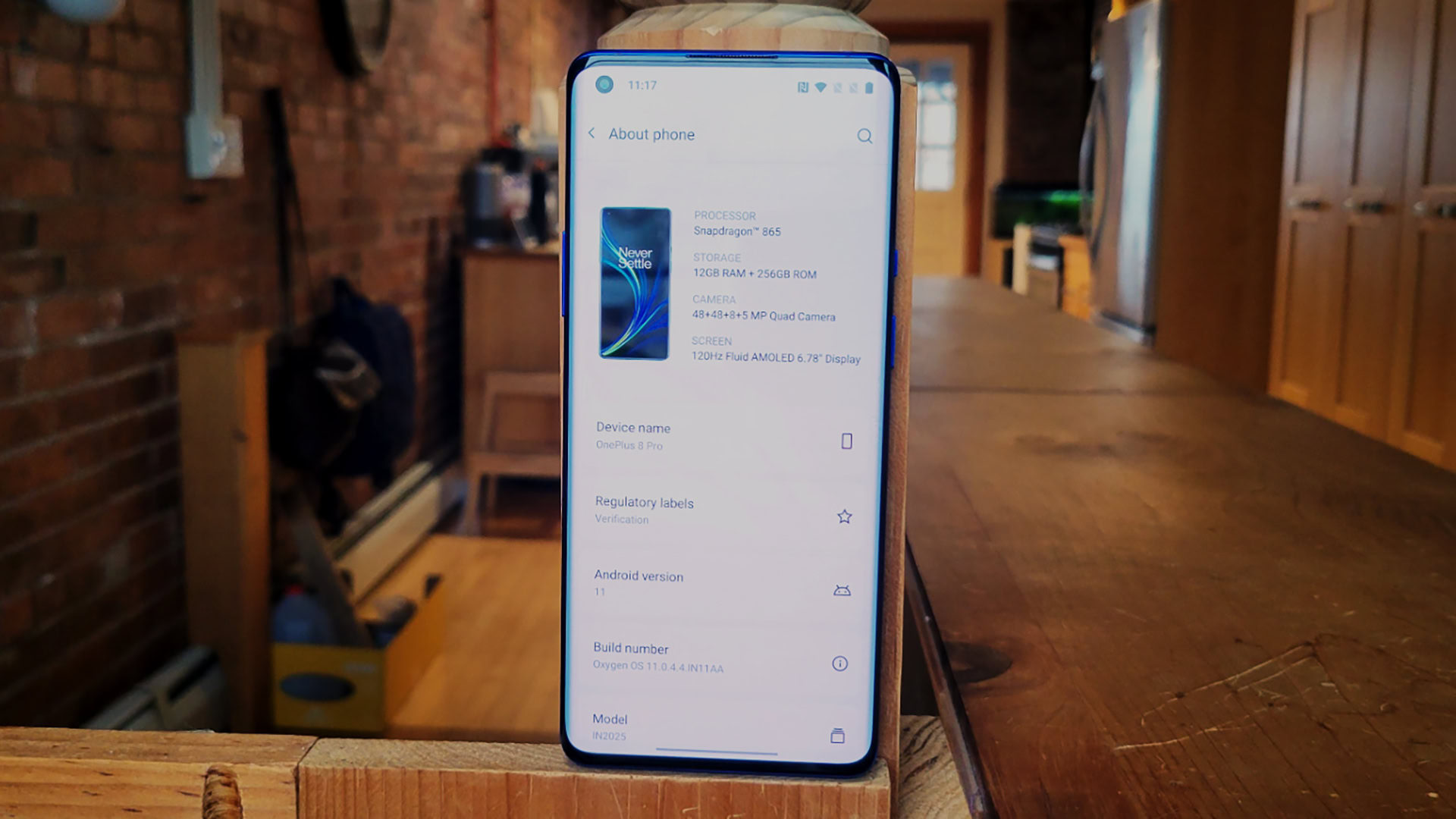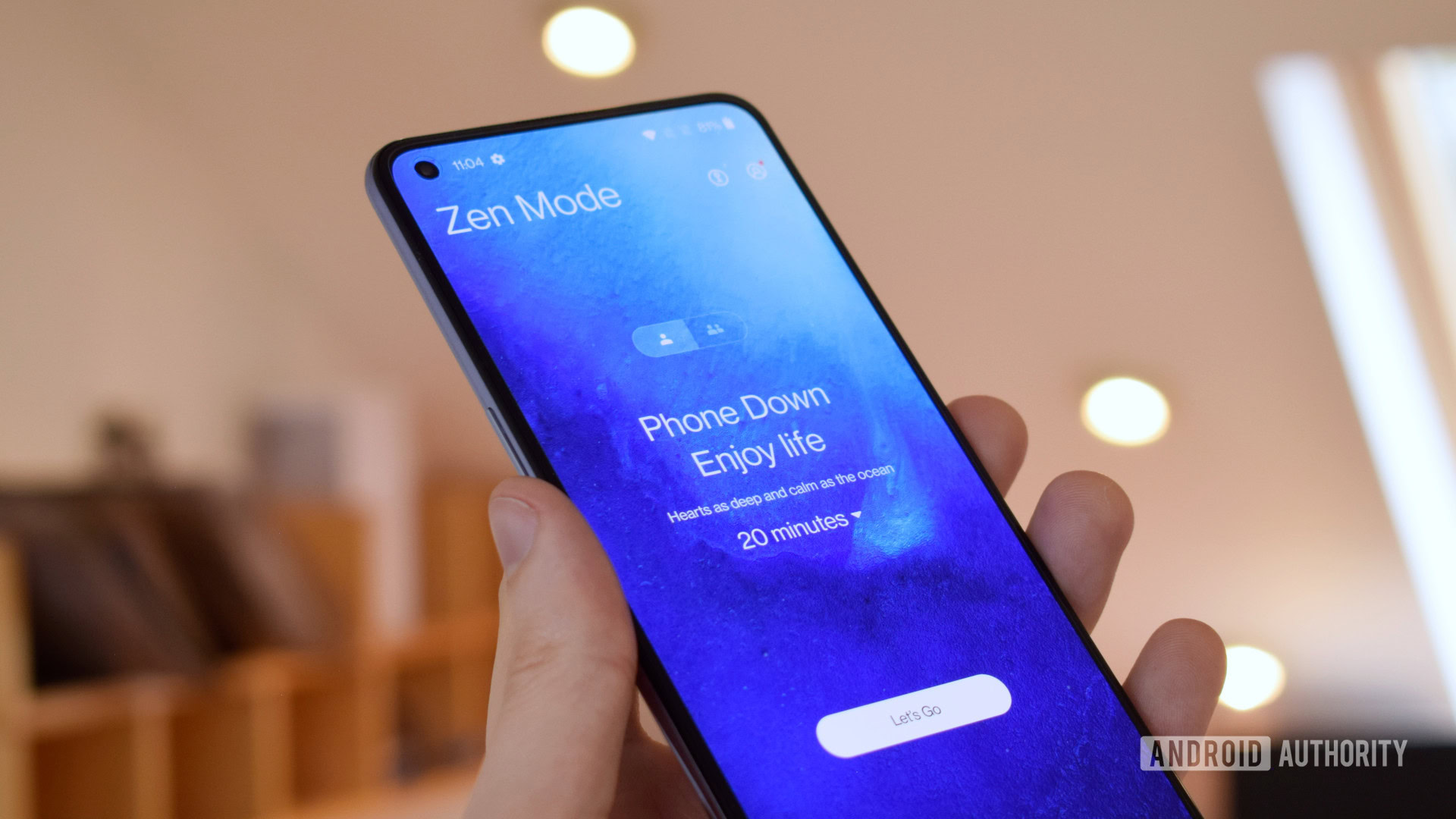Oxygen OS guide: Everything you need to know about OnePlus’ Android skin

OnePlus is well-known for its great smartphone hardware, but it also has a terrific reputation for software. Although things are changing a bit in 2021 as far as its software goes, Oxygen OS is still one of the most highly-regarded Android skins on the market.
See also: A history of every OnePlus phone so far
In this article, we’re going to give you everything you need to know about OnePlus’ Android skin. If you’re thinking about making the jump into the OnePlus ecosystem, this is essential reading. Even if you’re already a OnePlus fan, there might be some info here you could use!
Editor’s note: This article is updated as of August 2021. We will add/remove content as OnePlus reveals more information about Oxygen OS.
Oxygen OS at a glance

When Oxygen OS first came out, it was a breath of fresh air — a pun that OnePlus played up significantly. In 2015, many Android skins were bloated and ugly messes. OnePlus’ skin, though, was simple and refined, which helped it become a hit.
Over the years, OnePlus has added more features to the skin which has, in turn, cut down a bit on its simple nature. Still, if you want an Android skin that keeps the overall feel of stock Android while still bringing in plenty of features for power users, this is a good option.
See also: What is Android?
The success of Oxygen OS is a big factor in the company’s brand loyalty. Many OnePlus fans refuse to buy from other companies not because of hardware, but because they wouldn’t want to give up Oxygen OS.
However, OnePlus is changing its Android skin in big ways starting in 2021. Going forward, the core code of Oxygen OS will be integrated with the code of Oppo’s Color OS (Oppo is a sister brand of OnePlus under the BBK Electronics banner). On the one hand, this integration should result in faster, more stable, and longer-lasting updates. On the other hand, it could alter the way Oxygen OS looks, feels, and functions at some point in the future.
The latest version of Oxygen OS

Unlike some other companies — such as Samsung and its One UI — OnePlus pushes different variations of Oxygen OS to its different phones. As such, the OS version number on the OnePlus 9 will be slightly different from the one on the OnePlus 8, which will also differ from that of the OnePlus Nord 2.
However, all of these variants fall under the same core version, which is Oxygen OS 11. The numbers that will appear after your version number will only matter for your specific phone line, but the number 11 should be the first number you see.
The most recent stable version of Oxygen OS is v11, based on Android 11.
OnePlus’ software versions now match with the Android version to which they’re tied. For example, OOS 11 is based on Android 11. The version of Oxygen OS we’ll see later in 2021 will be based on Android 12, and thus be known as OOS 12. It is not possible to mismatch versions, such as having Oxygen OS 11 on an Android 10 phone, for example.
We have steps on how to check your version number in the next section.
How to check your version and for updates using Oxygen OS

If you don’t know which version of Oxygen OS is on your OnePlus device, you can easily check. Here are the steps:
- Head to Android Settings by finding the shortcut in your app drawer or notification shade.
- Scroll to the bottom of the list and tap on the About Phone section.
- In the About Phone section, you’ll see your Build Number, which is your Oxygen OS version.
If you’re running an older version of Oxygen OS, there’s a chance an update could be waiting for you. You can check for software updates using the following steps:
- Head to Android Settings by finding the shortcut in your app drawer or notification shade.
- Scroll to the bottom of the list and find the System section.
- Within System, find and tap on System Updates at the bottom of the list.
- Oxygen OS will let you know if you’re running the latest version. If not, it will give you instructions on how to download and install an update.
If your software is up-to-date but you don’t have the latest version of Oxygen OS, that means your phone hasn’t received the update yet. It’s also possible your phone is too old to get new updates.
A brief history of Oxygen OS

In 2014, OnePlus launched its very first smartphone, the OnePlus One. The One was a unique device in that it came with a commercialized version of a community-created Android port called CyanogenMod. The commercial version was called Cyanogen OS. The fact that the One’s operating system connected directly with Android tinkerers and enthusiasts was a big reason for the phone’s initial hype.
However, the people running Cyanogen Inc. made a huge mess of the company. As the company crumbled, OnePlus needed a new Android skin — and fast. Thus, Oxygen OS was born.
See also: Oxygen OS vs One UI
The first version of the software landed in 2015 and was essentially stock Android with only minor alterations. This makes sense when you understand how quickly OnePlus created the skin. With each new version, OnePlus added more features and visual tweaks. By 2017, the company had found its stride and Oxygen OS was getting rave reviews and convincing consumers to give OnePlus phones a shot.
Notably, OnePlus formerly had a skin just for its native China, called Hydrogen OS. In 2021, OnePlus brought Color OS — Oppo’s Android skin — to its phones in China. Shortly thereafter, the company announced that it would merge the core code of Color OS with Oxygen OS. This is part of the two companies’ larger ambition to integrate more to strengthen their positions in the market. This will likely result in the two skins becoming increasingly similar as time goes on.
What Oxygen OS looks like

Here is a gallery of screenshots that should give you an idea of what to expect from Oxygen OS.
The top 5 unique features of Oxygen OS

Every Android skin out there puts its own stamp on the software. Here are five things Oxygen OS can do that most other skins can’t.
Zen Mode
In our technological age, the very act of putting your phone away can be difficult. That’s why Zen Mode exists. This mode is exclusive to OnePlus phones. It essentially locks you out of your phone for a certain period of time. Even a reboot won’t stop it. The result is that you can’t use your phone at all (except for emergency calls and taking photos) until Zen Mode stops. This is something OnePlus fans have truly embraced and is a big selling point for Oxygen OS.
Insight AOD
OnePlus was very late to the game in bringing an always-on display (AOD) to its phones. However, when it did finally drop an AOD into Oxygen OS, it did a great job of it, launching numerous AOD formats. One of the custom AODs you can pick is called Insight. It shows a timeline of your unlocks right on the screen at all times. This should make you conscious of how much you are using your phone and possibly dissuade you from checking Instagram just one more time. Don’t worry, though: if you don’t care about knowing how many times you unlock your phone, there are plenty of other AOD options.
Enhanced Dark Mode
At this point, pretty much every Android skin has a dark mode. However, OnePlus has Enhanced Dark Mode which dynamically changes contrast and readjusts color tones to allow for easy reading. You can also schedule dark mode to begin at sunset or any time of your choosing.
Dynamic wallpapers
It’s always fun to change your phone’s wallpaper. But what if it changed automatically throughout the day? With Oxygen OS, you can introduce a ton of variety to your phone with dynamically changing wallpapers. At certain points throughout the day, your wallpaper will change to something new. You never know what you’re going to get.
Custom font
Most Android skins allow you to change the system font. This can make your phone look and feel very different while simultaneously making pages easier to read. Oxygen OS, however, offers a custom font created by OnePlus called OnePlus Sans. As one would expect, the font is very simple, with straight lines and a similarity to the famous Helvetica. Don’t worry, though: if you don’t like OnePlus Sans, you can stick with Android’s standard font.
Other information you might be interested in
- Everything you need to know about Oxygen OS 11
- OnePlus 9, OnePlus 9 Pro, and OnePlus 9R buyer’s guide
That’s everything you need to know about OnePlus’ Oxygen OS! Be sure to bookmark this page as we will update it as OnePlus changes the Android skin.
